Typical Instrumentation
There are a number of basic groups of eddy current instrumentation
Special purpose equipment:
Coating thickness meters, conductivity meters (e.g. Hocking AutoSigma) Generally designed to give a digital readout without the operator needing to understand much about the internal technology, except as needed to give reliable test conditions)
"Crack detectors"
Fairly simple equipment, generally operates at a restricted number of frequencies typically several hundred kHz, Meter or Bar-graph display. Suitable for surface crack detection and simple sorting applications only. e.g. Hocking Locator and QuickCheck
Normally have some means of compensating for lift-off (e.g. phase rotation and/or fine frequency adjustment) so that only crack-like indications give a reading on the meter or bargraph. An alarm threshold is usually included.
Portable impedance plane Eddy current Flaw detectors
Give a real impedance plane display on a CRT or other electronic display (LCD, plasma etc.) Generally have fairly extensive capabilities: Wide frequency ranges from around a hundred hertz to several megahertz, extensive alarm facilities, general purpose units may have rate filtering (see below) some instruments may be capable of multifrequency operation, allowing combination of results at two or more test frequencies in order to reduce or eliminate specific interfering effects.
"Systems" eddy current units.
Intended for factory operation, often in Automatic or Semi-Automatic inspection machines. Generally similar operation to impedance plane portables but usually have extensive input and output facilities such as relays and photocell inputs. May be custom built for a specific purpose, in which case features not needed for the intended application are often omitted.
Meter/CRT Instruments
Typical examples (simplified).
Hocking NDT Locator UH
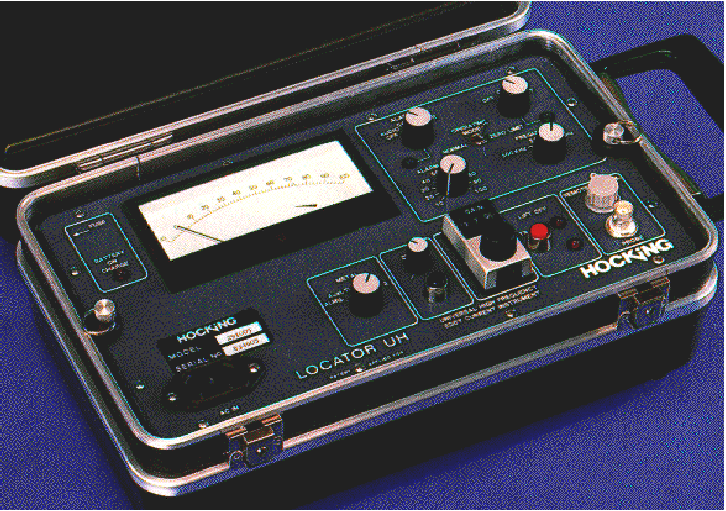
Typical Application:
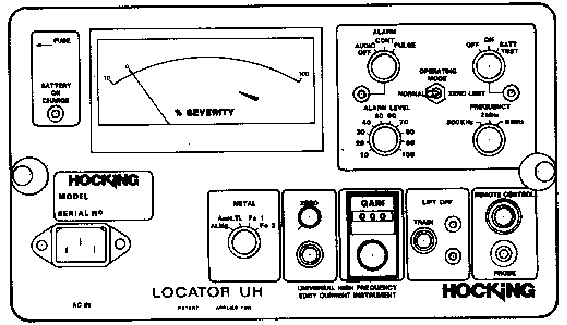
Meter display indicates 'crack severity' - imbalance from zero point.
Zero - balance internal circuitry
Zero Offset - shift zero point, useful for sorting/material verification applications.
Train - zero and set lift-off compensation circuitry.
Frequency - choice of three operating frequencies:
Metal type - optimises lift-off compensation circuitry and adjusts sensitivity to match response curves from particular metals.
Alarm Level - sets meter indication at which the alarm will light/sound.
Phasec 1.1
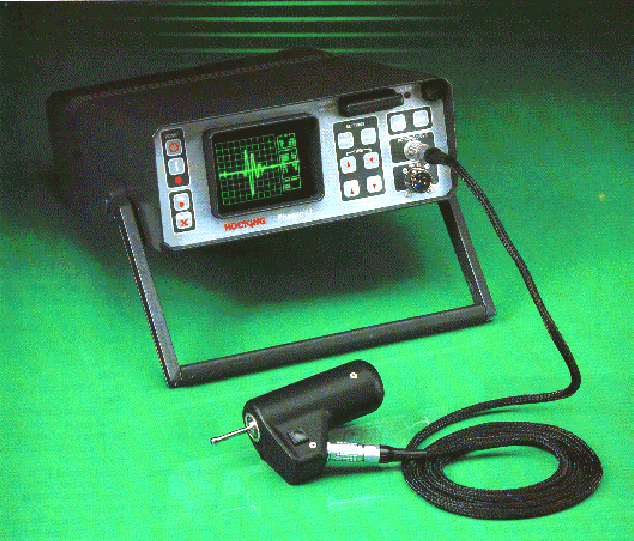
Surface crack detection, weld inspection, bolthole inspection with rotating probe drive, metal sorting, tube inspection etc. etc.
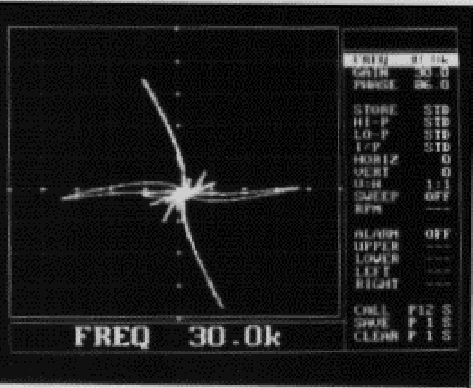
Controls:
Single buttons for
Zero, Screen clear, print,
Menu commands for
Frequency, Gain, Phase, Display storage persistence, High and low pass filters, Preamplifier sensitivity, Spot position, Timebase, Rotating drive speed and Alarm parameters.also facilities for internal trace and parameter storage and printing, computer interfacing etc.
Instrument operation
Operating frequency
Selection of operating frequency is the primary eddy current test parameter under operator control. Frequency selection affects both the relative strength of response from different flaws and the phase relationship, Thus selection of operating frequency is very important in obtaining good resolution of f law signals in the presence of other variables which may affect the test.
Instrument set-up
While the precise details of setting up an instrument will vary depending on the type and application the general procedure is usually the same, obviously one the application has been tried the required values for many test parameters will be known, at least approximately,
Rate Filtering
Most eddy current tests involve movement. Therefore the indications obtained will vary with time in a way which is fairly consistent (assuming the movement is regular) and which can be interpreted in terms of the speed of probe movement over various discontinuities.
For example, if an absolute probe with diameter 2mm moves over a narrow crack at a speed of 1 m/s the resulting indication will last for approximately 2 milliseconds. If the material composition or thickness is also varying gradually over a distance of say 50 cm the indication from this will change much more slowly. Therefore a high-pass filter set to a frequency around 100Hz or so will pass the rapidly changing signal from the defect but not the slower indication from the material changes.
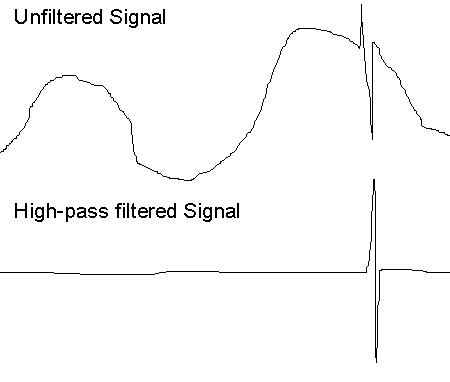
Effect of rate filtering on defect resolution
Back to the Start · Previous Page · Next Page